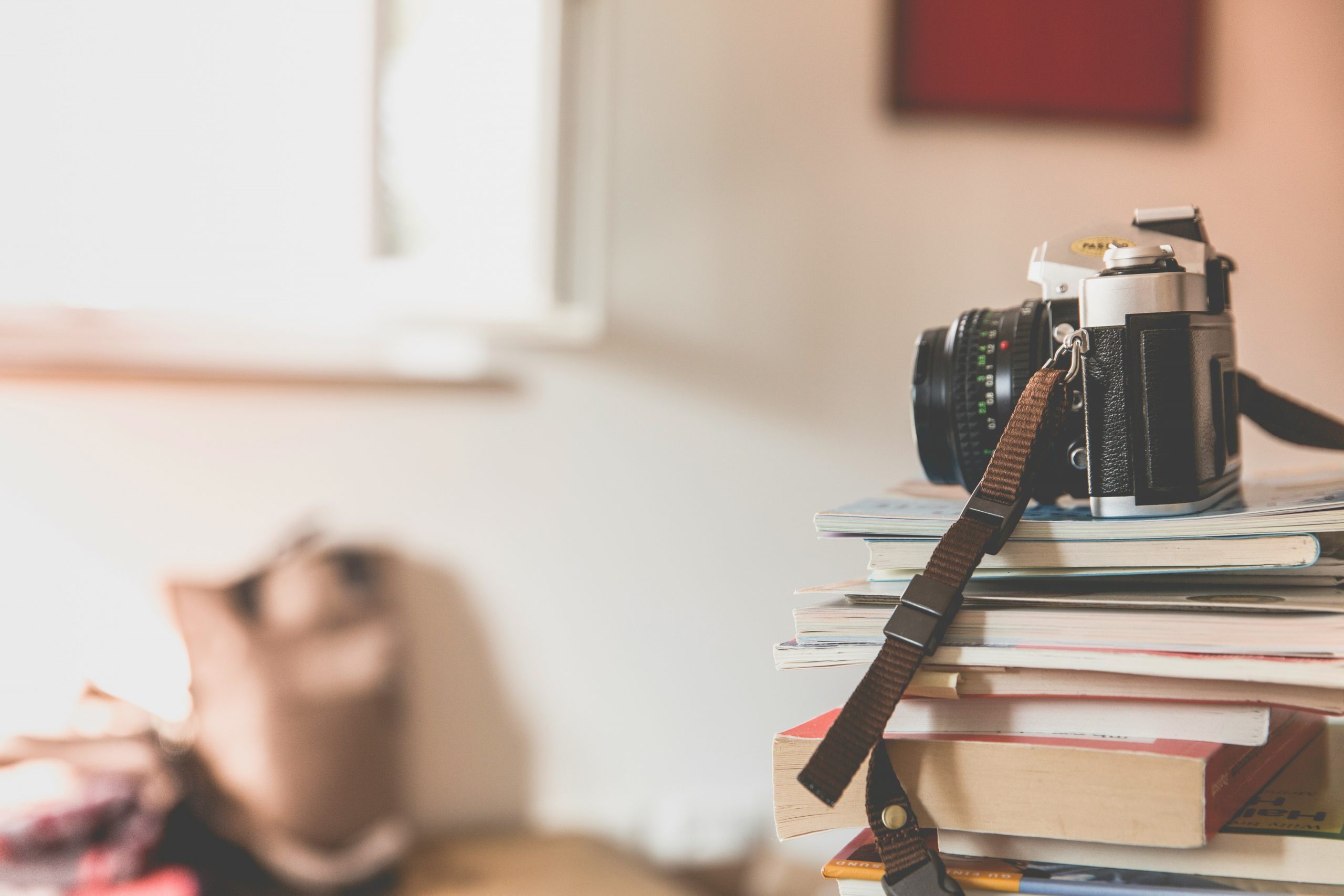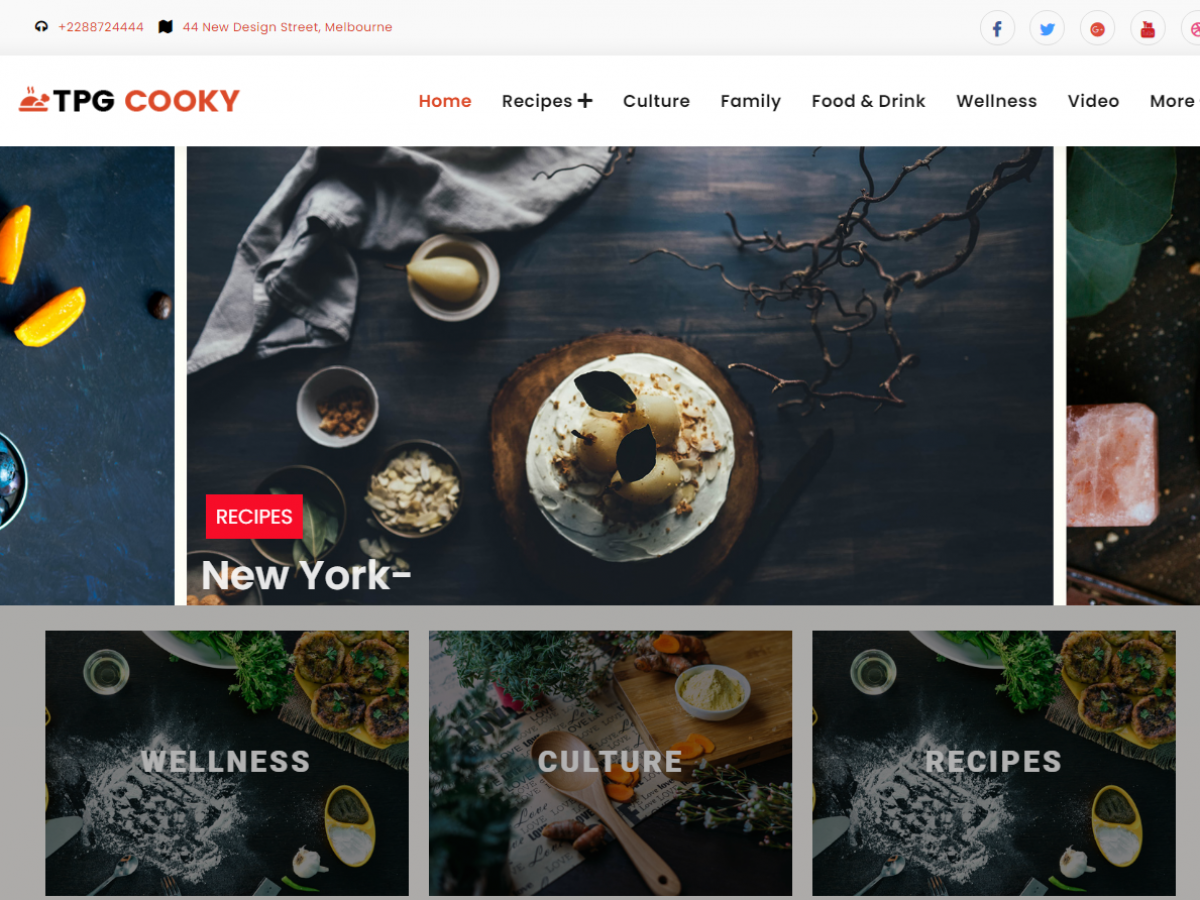Image source: @unsplash.com
Introduction
In the rapidly evolving world of digital imaging, a new wave of transformative technologies is emerging – artificial intelligence (AI) powered photo editors. These ai tools are redefining the boundaries of what’s possible in visual creativity, giving both professional and amateur artists unprecedented power to manipulate, generate, and enhance images.
As AI continues to advance at a breakneck pace, the array of AI photo editing tools available to creators is growing exponentially. From intelligent tools that can automatically remove blemishes and enhance portraits to AI-powered generators that can conjure up entirely new images from scratch, these technologies are poised to revolutionize the way we approach the creative process.
In this comprehensive guide, we’ll take a deep dive into 10 of the top AI photo editor tools that are leading the charge in this exciting new frontier of digital art and photography. Whether you’re a seasoned photo editing pro or just starting to explore the world of AI-powered visuals, these cutting-edge tools are sure to inspire your creativity and transform your workflow.
Top 10 AI Photo Editing tools
Dall-E 2
Developed by OpenAI, Dall-E 2 is a groundbreaking AI model that can generate highly detailed, photorealistic images from simple text descriptions. Users can input prompts ranging from “a dog wearing a top hat riding a skateboard” to “a landscape painting in the style of Van Gogh” and the AI will produce stunning, original visuals to match.
What sets Dall-E 2 apart is its ability to understand and interpret natural language, as well as its capacity to blend and recombine visual elements in novel ways. The tool’s advanced language processing and image generation capabilities make it a powerful tool for creative expression, visual storytelling, and even product design.
Midjourney
Much like Dall-E 2, Midjourney is an AI-powered image generation tool that can transform text prompts into photorealistic and imaginative visuals. However, Midjourney’s approach is distinct, with a focus on creating surreal, dreamlike images that push the boundaries of what’s possible in digital art.
Using a unique AI model trained on a vast database of images and text, Midjourney is able to generate strikingly original compositions that blend realism with fantastical elements. The tool’s intuitive prompt-based interface and iterative image generation process make it a favorite among digital artists, illustrators, and anyone seeking to unleash their creative potential.
Stable Diffusion
Stable Diffusion is an open-source AI model developed by Stability AI that, much like Dall-E 2 and Midjourney, can generate highly detailed images from text prompts. However, what sets Stable Diffusion apart is its emphasis on scalability, accessibility, and democratization of AI-powered image creation.
Unlike the proprietary models developed by tech giants, Stable Diffusion is freely available for anyone to use, experiment with, and build upon. This open-source approach has sparked a vibrant community of developers, artists, and enthusiasts who are pushing the boundaries of what’s possible with AI-generated visuals.
With its powerful text-to-image capabilities, Stable Diffusion is a game-changer for creators who want to harness the power of AI without the constraints of proprietary tools or limited access.
Photoshop Neural Filters
Adobe, the industry-leading provider of digital imaging software, has embraced the power of AI with its Photoshop Neural Filters. These cutting-edge tools leverage the latest advancements in machine learning to seamlessly integrate AI-powered features directly into the world’s most popular photo editing platform.
From intelligent portrait retouching and skin smoothing to AI-driven style transfers and creative effects, the Photoshop Neural Filters give users a level of control and precision that was previously unattainable. By combining the intuitive interface and robust feature set of Photoshop with the transformative potential of AI, these tools are poised to redefine the photo editing workflow for professionals and enthusiasts alike.
Laion-Aesthetic
Laion-Aesthetic is a unique AI-powered photo editor that takes a more abstract, generative approach to image manipulation. Rather than focusing on realistic photo editing, this tool leverages AI to create surreal, dreamlike compositions that blend elements of photography, illustration, and fine art.
At the heart of Laion-Aesthetic is a powerful AI model trained on a vast dataset of diverse visual content. Users can input text prompts that describe their desired aesthetic, and the tool will generate a series of images that capture the essence of that prompt. The results can be surprising, unsettling, and downright mesmerizing, offering a glimpse into the boundless creative potential of AI-driven visuals.
Runway ML
Runway ML is a comprehensive AI-powered creative toolkit that encompasses a wide range of image editing, generation, and manipulation capabilities. From intelligent background removal and object segmentation to text-to-image generation and video editing tools, this platform puts a wealth of AI-driven features at the fingertips of creators.
What sets Runway ML apart is its modular, customizable approach, which allows users to seamlessly integrate AI-powered tools into their existing workflows. Whether you’re a photographer, graphic designer, or video producer, Runway ML offers a suite of AI-driven features that can streamline your creative process and unlock new levels of visual expression.
Anthropic’s Claude
While not strictly an image editing tool, Anthropic’s Claude AI assistant deserves a mention for its versatile capabilities in the realm of visual creativity. Powered by advanced natural language processing and machine learning algorithms, Claude can assist users with a wide range of creative tasks, from ideation and brainstorming to detailed image descriptions and visual analysis.
For photographers and digital artists, Claude can be an invaluable collaborator, offering intelligent feedback, generating creative prompts, and even providing technical guidance on the use of AI-powered photo editing tools. The AI’s ability to understand and interpret visual information, combined with its broad knowledge base, makes it a powerful asset in the creative workflow.
Pixray
Pixray is a unique AI-powered image generation tool that puts a distinct emphasis on artistic expression and experimental visuals. Unlike some of the more realistic, photorealistic image generators, Pixray specializes in producing surreal, abstract, and impressionistic images that challenge the boundaries of traditional digital art.
At the heart of Pixray is a novel AI architecture that combines generative adversarial networks (GANs) and transformer-based language models. This hybrid approach allows the tool to generate visuals that are not only visually striking but also imbued with a strong conceptual and emotive quality.
For artists and digital creators seeking to push the limits of their creativity, Pixray offers a powerful and inspiring playground for exploring the intersection of AI and visual expression.
Latent Diffusion
Latent Diffusion is a highly versatile AI-powered image editing tool that combines the power of text-to-image generation with advanced image manipulation capabilities. Developed by researchers at Stability AI, the same team behind the Stable Diffusion model, Latent Diffusion allows users to seamlessly blend AI-generated elements with their own photographic or digital art assets.
The tool’s unique approach to image generation and editing is based on a latent space representation, which enables it to handle a wide range of image types and formats with exceptional flexibility and precision. Whether you’re looking to add fantastical elements to a photograph, seamlessly blend multiple images, or explore the limits of AI-driven visual experimentation, Latent Diffusion is a powerful and innovative addition to any creator’s toolkit.
Photoleap by Lightricks
Photoleap, developed by the renowned software company Lightricks, is a mobile-first AI photo editing app that brings the power of advanced image manipulation tools to the palm of your hand. Leveraging cutting-edge machine learning algorithms, Photoleap offers a suite of intelligent features that can automatically enhance, retouch, and transform your photos with just a few taps.
From intelligent portrait retouching and object removal to AI-driven stylization and surreal effects, Photoleap empowers users to elevate their mobile photography and create visually stunning, professional-grade images directly on their smartphones or tablets. The app’s intuitive, user-friendly interface and seamless integration with social media platforms make it an ideal choice for both casual photo enthusiasts and content creators on the go.
The AI Photo Editing Revolution: Unlocking New Frontiers of Visual Creativity
As these 10 cutting-edge AI photo editor tools demonstrate, the world of digital imaging is undergoing a profound transformation. By harnessing the power of artificial intelligence, these innovative technologies are redefining the creative process, empowering users to push the boundaries of what’s possible in visual expression.
From photorealistic image generation and intelligent photo manipulation to surreal, abstract, and experimental visuals, the AI photo editing revolution is ushering in a new era of creative exploration and artistic expression. As the technology continues to evolve and become more accessible, we can expect.
How ai is disrupting everything including ai photo editors
Artificial intelligence has emerged as one of the most transformative technologies of our time, with the potential to disrupt and redefine virtually every industry and facet of our lives. This pervasive impact is particularly evident in the realm of digital imaging and visual creativity, where AI-powered tools are leading a profound revolution.
The rise of AI photo editors is symptomatic of a broader trend – the AI disruption that is sweeping across countless sectors, from healthcare and finance to transportation and entertainment. As these intelligent technologies continue to advance at a rapid pace, their ability to automate tasks, enhance decision-making, and unlock new levels of creativity is fundamentally reshaping the way we work, create, and interact with the world around us.
Disrupting Traditional Workflows
One of the primary ways in which AI is disrupting the status quo is by streamlining and automating a wide range of tasks and processes. In the world of digital imaging, AI-powered photo editors are revolutionizing established workflows, empowering users to accomplish complex edits and manipulations with unprecedented speed and efficiency.
Tools like Photoshop Neural Filters, for example, leverage machine learning algorithms to automate tasks such as portrait retouching, color grading, and style transfer. This not only saves time and reduces the manual effort required, but it also opens the door for more experimentation and creative exploration, as users can rapidly iterate on their ideas without being bogged down by the technical minutiae.
Similarly, AI-driven image generation tools like Dall-E 2, Midjourney, and Stable Diffusion are disrupting the traditional creative process by allowing users to conjure up highly detailed, original visuals simply by typing a text prompt. This democratization of image creation is democratizing visual expression, empowering a wider range of individuals to bring their creative visions to life without the need for extensive technical skills or artistic training.
Enhancing Human Creativity
While the disruptive potential of AI may seem threatening to some, the reality is that these intelligent technologies are not necessarily replacing human creativity, but rather enhancing and augmenting it. In the realm of digital imaging and visual arts, AI-powered tools are serving as powerful creative collaborators, unlocking new avenues for exploration and expression.
Tools like Runway ML and Laion-Aesthetic, for example, blend AI-driven image generation with advanced editing and manipulation capabilities, allowing users to seamlessly integrate AI-generated elements into their own photographic or digital art assets. This synergistic approach enables creators to push the boundaries of what’s possible, blending the best of human imagination and AI-driven innovation.
Moreover, AI assistants like Anthropic’s Claude are proving invaluable in the creative process, offering intelligent feedback, conceptual ideation, and technical guidance that can help artists and photographers unlock new levels of creative potential. By leveraging the vast knowledge and processing power of these AI systems, human creators can focus on the high-level, intuitive aspects of the creative process, while the AI handles the more tedious or analytical tasks.
Democratizing Access and Empowering Creativity
One of the most significant ways in which AI is disrupting the creative landscape is by democratizing access to advanced imaging tools and techniques. The proliferation of open-source AI models like Stable Diffusion, coupled with the increasing accessibility of user-friendly AI-powered photo editors, is empowering a wider range of individuals to engage in visual expression and experimentation.
This democratization of AI-driven creativity is particularly evident in the emergence of online communities and platforms that celebrate the intersection of AI and art. From social media platforms like Instagram and TikTok, where users are sharing their AI-generated creations, to online forums and communities that foster collaboration and knowledge-sharing, the AI photo editing revolution is giving rise to a new generation of digital artists and visual innovators.
As these trends continue to unfold, we can expect to see the disruptive impact of AI ripple across the entire creative ecosystem, from traditional fine art and commercial photography to graphic design, animation, and beyond. The key to navigating this rapidly evolving landscape will be for creators, businesses, and industries to embrace the transformative potential of AI, while also remaining cognizant of the ethical and societal implications of these powerful technologies.
Conclusion
The rise of AI-powered photo editing tools has ushered in a new era of creative empowerment and disruption in the visual arts. From industry-leading applications like Adobe Photoshop’s Neural Filters to innovative open-source platforms like Stable Diffusion, these intelligent technologies are redefining what’s possible in digital imaging and visual expression.
Tools like DALL-E 2, Midjourney, and Anthropic’s own Claude AI are demonstrating the immense potential of AI-driven image generation, allowing users to conjure up photorealistic visuals simply by describing their ideas in natural language. Meanwhile, apps like Runway ML and Laion-Aesthetic are blending generative AI with advanced editing capabilities, enabling creators to seamlessly integrate AI-generated elements into their own original work.
Beyond the realm of image creation, AI is also transforming the photo editing workflow through tools like Luminar AI, which leverages machine learning algorithms to automate a wide range of tasks, from portrait retouching to sky replacement. Similarly, Portrait Pro and FaceApp are showcasing the power of AI-driven enhancements, empowering users to enhance facial features, adjust expressions, and even create photorealistic manipulations.
As these AI-powered tools continue to evolve and become more accessible, we can expect to see a continued disruption of the creative landscape. Barriers to entry will be lowered, democratizing access to advanced imaging techniques and unleashing a new wave of visual innovation and experimentation.
However, this disruption also raises important questions about the ethical implications of AI-driven creativity, such as the potential for misuse, the blurring of reality, and the impact on traditional creative industries. As the AI photo editing revolution unfolds, it will be crucial for creators, businesses, and policymakers to navigate these complex issues and ensure that the transformative potential of these technologies is harnessed in a responsible and equitable manner.
Ultimately, the AI photo editing revolution represents a pivotal moment in the evolution of digital creativity. By embracing these intelligent tools and leveraging their disruptive potential, we can unlock new realms of visual expression, redefine creative workflows, and shape a future where human imagination and AI-driven innovation work in seamless harmony.
- How 2FA Plugins Can Secure Your WordPress Store Without Slowing Down - April 26, 2025
- Top Tips for Designing a Sports E-Commerce Website - February 17, 2025
- Understanding the “gs://yc-thumbnails-raw/undefined.png” Error Message - January 19, 2025








